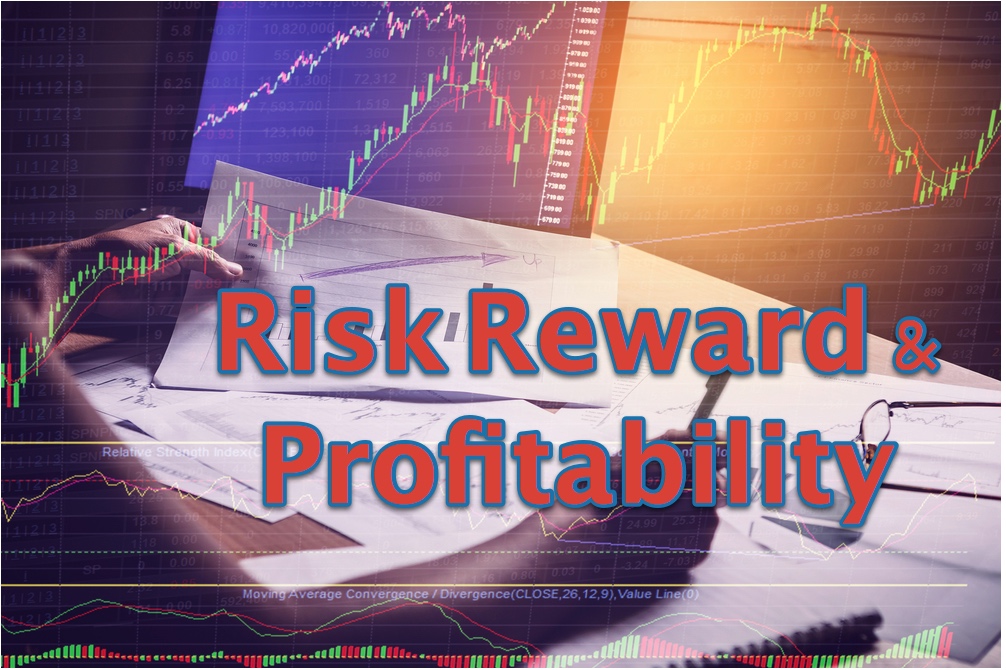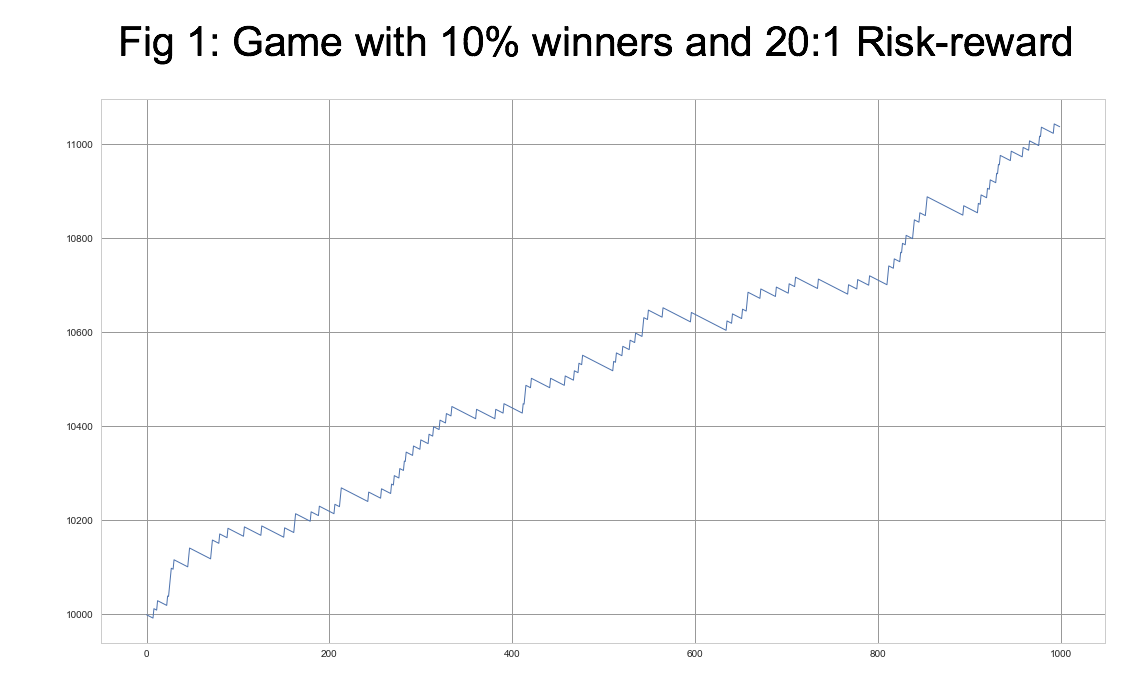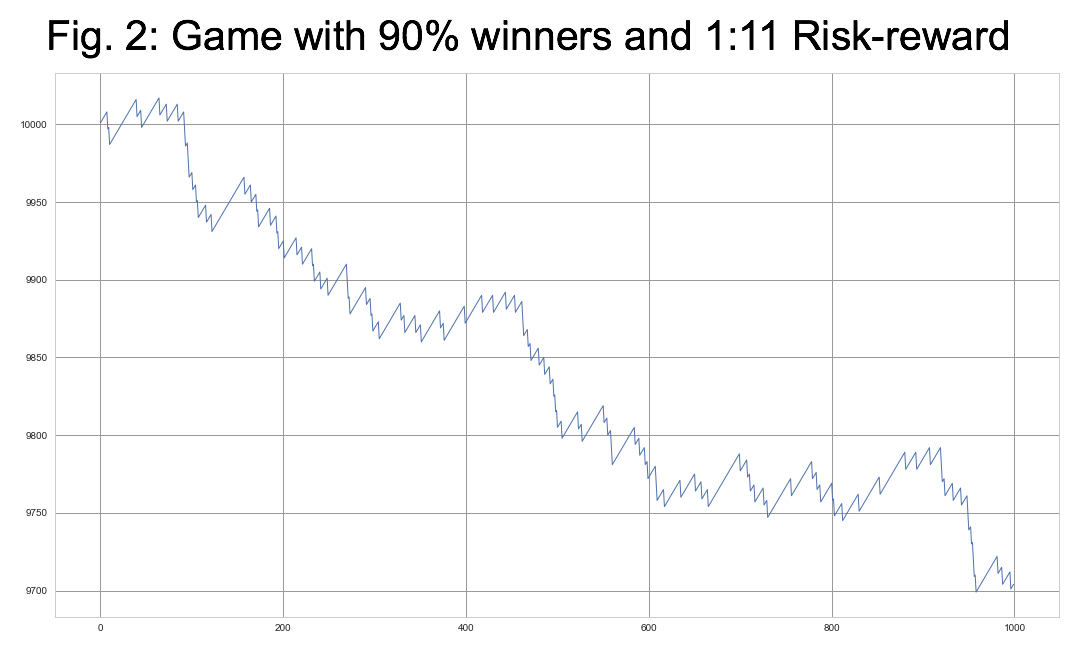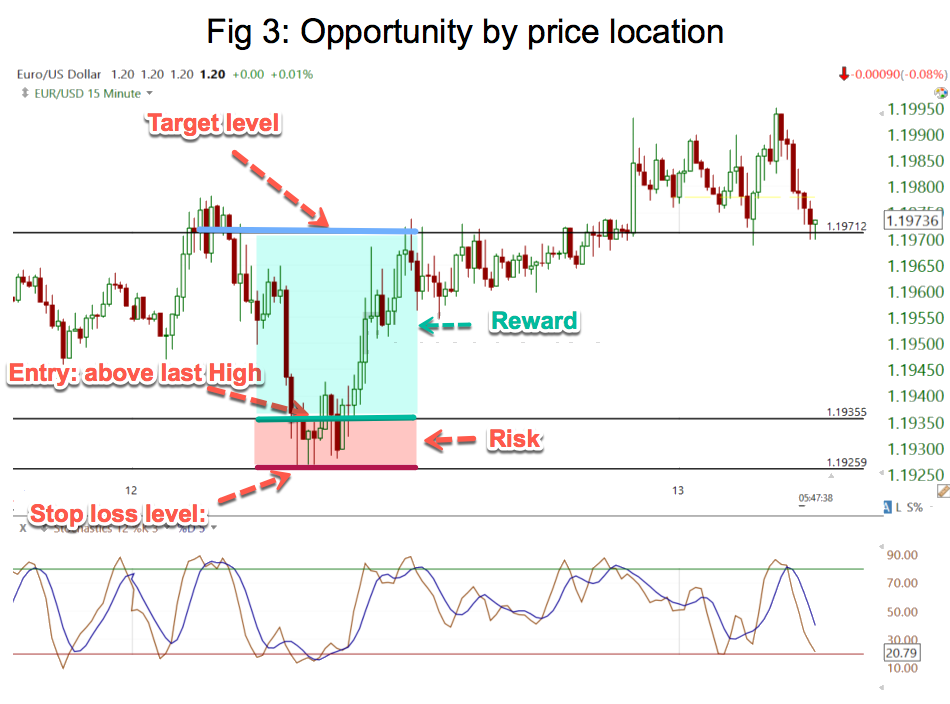Abstract:
On Risk, Reward, and Profitability, we show that risk and reward are critical concepts in the pursuit of profitability, whose importance is even higher than the percentage of winners since it shifts the focus of a system from entries to exits and trade management.
The Nature of Risk and Opportunity
Timing the market versus risk assessment
The trading literature is filled with vast amounts of information about market knowledge: fundamentals, Central Banks, events, economic developments and technical analysis. This information is believed necessary to provide the trader with the right information to improve their trading decisions.
On the other hand, the trader believes that success is linked to that knowledge and that a trade is good because the right piece of knowledge has been used, and a bad trade was wrong because the trader made a mistake or didn’t accurately analyse the trading set-up.
Thus, most traders think that entries and exits are the most significant aspects of the trading profession, and they spend most of their time to get “correct” entries. The other consequence is that novice traders prefer systems with high per cent winners over other systems, without more in-depth analysis about other aspects.
The reality is that the market is characterised by its randomness. Also, trading, as opposed to gambling, is not a close game. A trading decision is open on its entry, length, and exit. Therefore, the trader’s final equity is a combination of the frequency of success- and the outcome’s pay-off, or magnitude.
Reward-to-risk ratio
The magnitude of the trade, technically called “the pay-off”, but commonly called risk-reward ratio, is only marginally discussed in many trading books, but it deserves a closer in-depth study because it’s critical to the ultimate profitability of any trading system.
To help you see what I mean, Figure 1 shows a game with only 10% per cent winners. But is highly profitable, because it holds a 20:1 risk-reward ratio.
A losing game is also possible to achieve with 90% winners:
So, as we see, just the percentage winners tell us nothing about a trading strategy. We need to specify both parameters to assess the ultimate behaviour of a system.
The equation of profitability
Let’s call Rr the mean risk-reward of a system. If we call W the average winning trade and L the average losing trade then Rr is computed as follows:
Rr = W/L
If we call minimum P the per cent winners needed to achieve profitability, then the equation that defines if a system is profitable in relation to a determined reward-risk ratio Rr is:
P > 1 / (1 +Rr) (1)
Starting from equation (1) we can also get the equation that defines the reward-risk needed to achieve profitability if we define per cent winners P:
Rr > (1-P) / P (2)
If we use one of these formulas on a spreadsheet we will get a table like this one:
When we observe this table, we can see that, if the reward is 0.5, a trader would need two out of three winning trades just to break-even, while they would require only one winner every three trades in the case of a 2:1 payoff, and just one winner every four trades if the mean reward is three times its risk.
The lessons learned from analysing these two equations are:
Let’s call nxR the opportunity of a trade, where R is the risk and n is the multiplier of R that defines the opportunity. Then we can observe that:
- If you spot a nxR opportunity, you could fail, on average, n-1 times and still be profitable.
- A higher nxR protects your account against a drop in the per cent of gainers
- You don’t need to predict the price to make money because you can be profitable with 10% winners or less.
- As a corollary to 3, the real money comes from exits (or your position management), not entries.
- The search for higher R-multiples with decent winning chances is the primary goal when designing a trading system.
Low-risk Ideas
A high Rr ratio is a kind of protection against a potential decline in the percentage of winning trades. Therefore, we should make sure our strategies acquire this kind of protection. Finally, we must avoid Rr’s under 1.0, since it requires higher than 50% winners, and that’s not easy to attain when we combine the usual entries with stop-loss protection.
One key idea by Dr Van K. Tharp is the concept of the low-risk idea. As in business, in trading, a low-risk idea is an excellent opportunity with moderate cost and high reward, with a reasonable probability to succeed. By using this concept, we get rid of one of the main troubles of a trader: the belief that we need to predict the market to be successful.
As we stated in point 3 of lessons learned: we do not need to predict. We’ll be perfectly well served with 20% winners if our risk-reward is high enough. We just need to use our time to find low-risk opportunities with the proper risk-reward.
We can find a low-risk opportunity, just by price location as in figure 3. Here we employ of a triple bottom, inferred by three Dojis, as a fair chance of a possible price turn, and we define our entry above the high of the latest Doji, to let the market confirm our trade. Rr is 3.71 from entry to target, so we need just one out of four similar opportunities for our strategy to be profitable.
Finally, we should use Rr as a way to filter out the trades of a system that don’t meet our criteria of what a low-risk trade is.
If, for instance, you’re using a moving average crossover as your trading strategy, by just filtering out the low profitable trades you will stop trading when price enters choppy channels.
Key Insights:
- Reward-to-risk ratio is the parameter that allows the assessment of the opportunity’s value on a trade.
- The higher the opportunity, the less the frequency of winners we need to be profitable.
- Therefore, we can assess an opportunity just by its intrinsic value, regardless of other factors.
- That frees us from seeking accurate entries and set the focus on trade setup and follow-up.
- We just need to use the familiar market concepts, for instance, support and resistance, to design a robust trading system, by filtering out all trades that don’t comply with the risk-reward figure.
- Trading becomes the search for low-risk opportunities, instead of trying to forecast the market.
Appendix
Example of Rr Calculation:
As we observe in Fig 3, the risk is defined by the distance between the entry price and the stop loss level, and the reward is the distance between the projected target level defined by the distance from the Take profit level to the entry price:
Risk = Entry price – Stop loss
Reward = Target level– Entry price.
Rr = Reward / Risk
on this case,
Entry price = 1.19355
Stop loss= 1.19259
Take profit= 1.19712
Therefore,
Risk= 1.19355 -1.19259 = 0.00096
Reward = 1.19712 – 1.19355 = 0.00357
Rr = 0.00357 / 0.00096
Rr = 3.7187
Take your trading to the next level with our 14 Day, No Obligation, Free Trial. You will soon discover why we are trading’s best-kept secret. We are successfully building the world’s largest group of profitable traders and would like you to be part of it.
You can join for as little as $19.99 per month, no contract, cancel anytime. Just one profitable trade month covers this amount, the rest is pure profit. You will benefit from unparalleled access to our professional traders, our transparent trading performance, our LiveTradeRooms and access to the most comprehensive trading education on the market. What have you got to lose? JUST CLICK HERE TO GET STARTED NOW and see how real money is made!





